Plantronics has a shiny new headquarters in Santa Cruz, Calif., but most employees probably won’t spend too much time there.

|
Scooped by
Billy R Bennett
onto Organization Design January 25, 2013 8:06 PM
|




 Your new post is loading...
Your new post is loading...

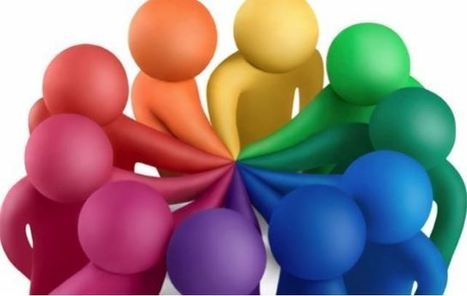
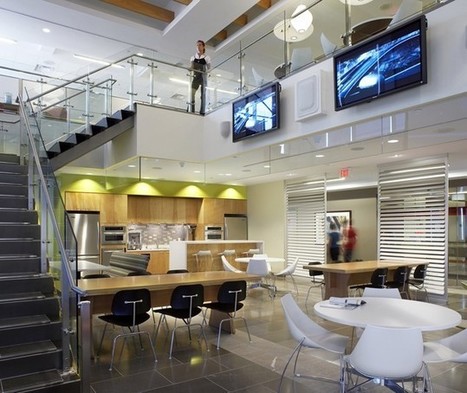
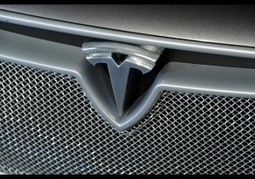


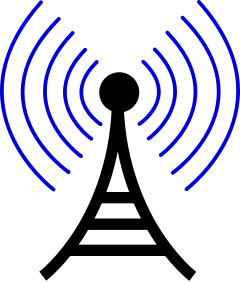
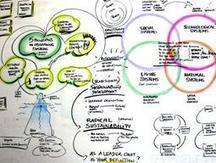
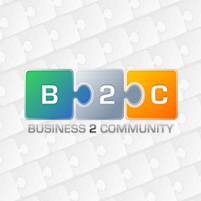

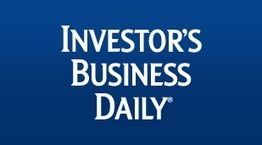
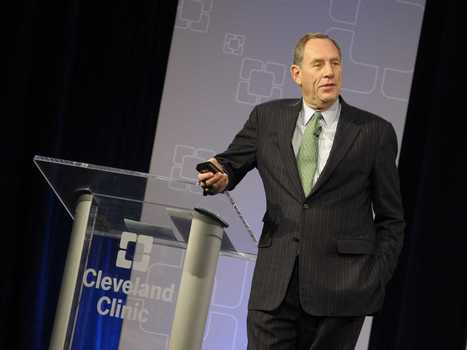

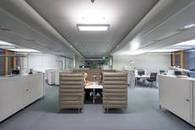

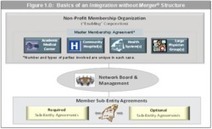

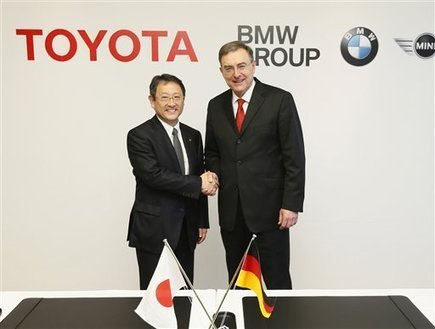
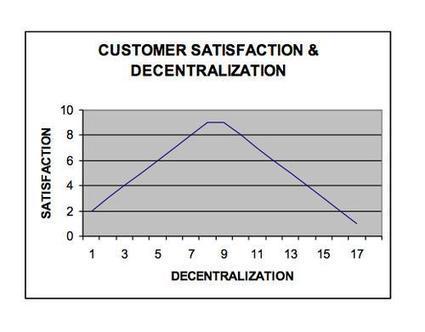



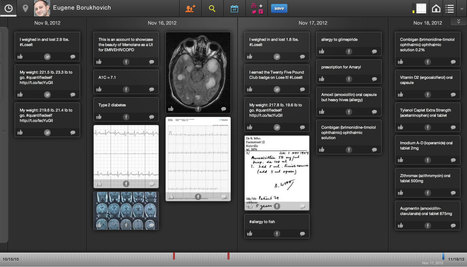





This is a great example of redesigning of an organization as a whole system. Often the thinking about work only includes process or a specific feature. Here Plantronics has carried the "theme" into the architecture. The office space is desinged to reflect a workforce that works somewhere other than the physical office.
There are only desks for 60-70% off the staff. Video screens around the office allow remote staff members to participate in meetings at anytime...even with informal or spontaneous gatherings.
In the past, this kind of work design was often an innovative approach to work life balance. Now, it is aimed squarely at a new generation worker who expects instant access and connection to others.
To me, the best organization design is built from the inside out... from work design to organization design. This is a great start.
Check us out for more organization desgin support?
www.pyramidodi.com